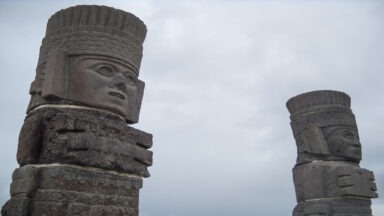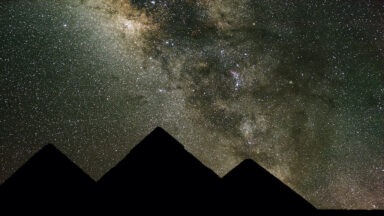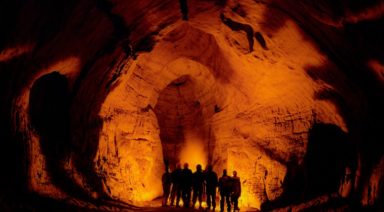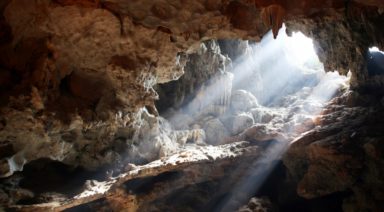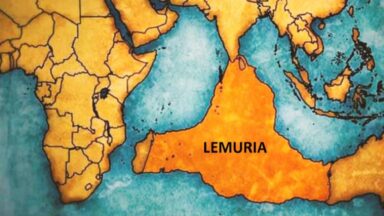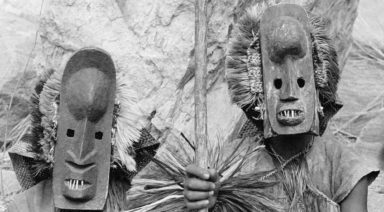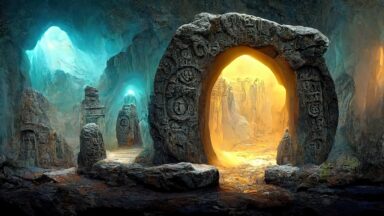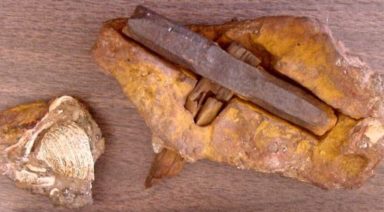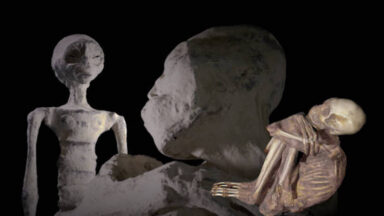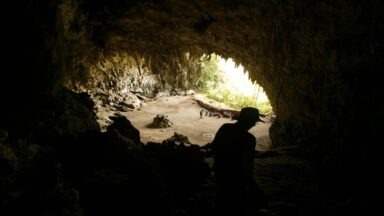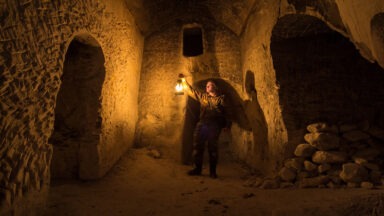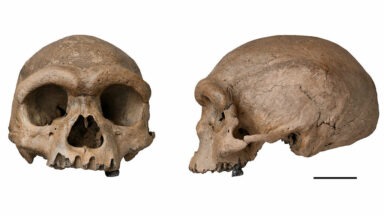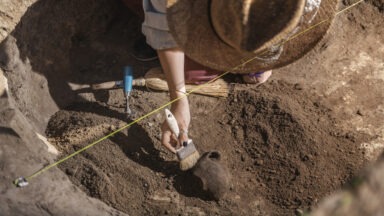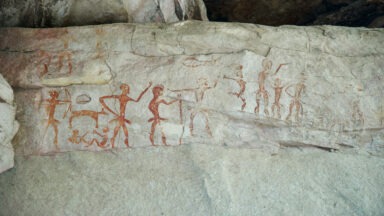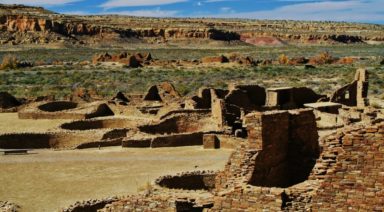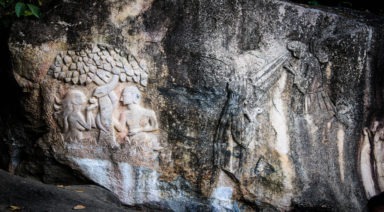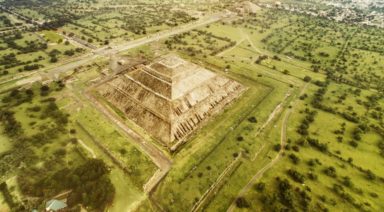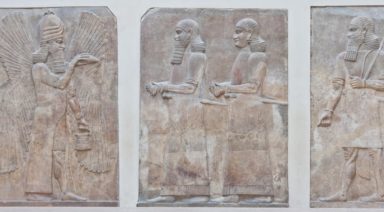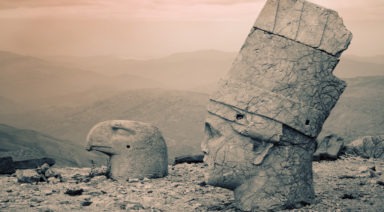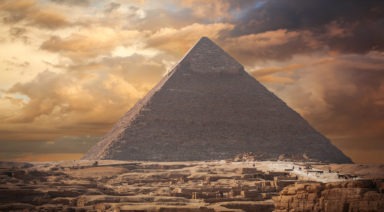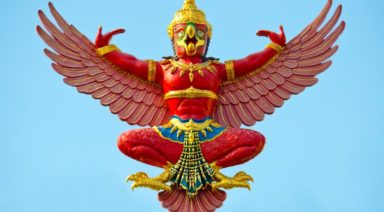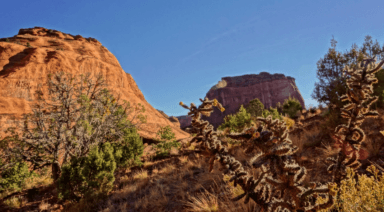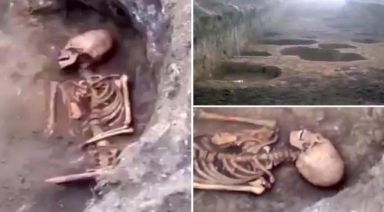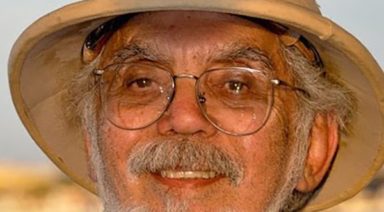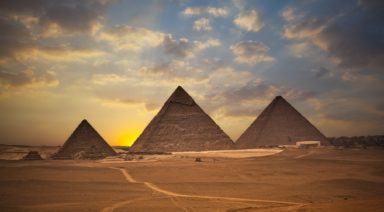Tamoanchan – The Journey to Paradise

Heaven, nirvana, Zion — whatever you want to call it, religions and cultures around the world differ in their beliefs about where we go after we die.
For the indigenous peoples of Mexico, they had a bit of a different view of the afterlife. Instead of automatically landing a place amongst the clouds or stars, a deceased person had to do some work to earn a spot in paradise in a place known as Tamoanchan, or the “place of the misty sky.”
What is Tamoanchan?
Tamoanchan is a mythical paradise that, depending on who you ask, is associated with Aztec or Mayan culture. Like many other cultures, these indigenous peoples believed after a person died, he or she would eventually end up in Tamoanchan. They also believed Tamoanchan was a home to the gods and the birthplace of mankind, time, and the calendar.
Tamoanchan is mentioned in the Tovar Codex, a work by Mexican Jesuit Jovan de Tovar. In the Codex, he describes Tamoanchan as “the Aztec equivalent of the Garden of Eden.”
However, there are some key differences between Tamoanchan and comparable concepts of the afterlife. Unlike heaven and similar places, Tamoanchan is not located in the sky — rather, it’s a place on Earth, situated on top of a mountain. This parallels the concept of Mount Belukha, being the gateway to the Buddhist paradise of Shambhala.
Secondly, the indigenous peoples did not believe one automatically went to Tamoanchan after death except under very rare circumstances. Instead, after dying, the deceased began a journey that would ultimately lead them to Tamoanchan.
The Journey to Tamoanchan
To reach Tamoanchan, the deceased had to first pass through a dark underworld called Xibalba, or “place of fright.” In Xibalba, they would encounter difficulties as the residents there would attempt to trick them into staying and not moving on to Tamoanchan.
According to legend, the Tree of Life sprouted from Xibalba and extended all the way up to Tamoanchan. After successfully passing through Xibalba, the deceased would then move up through a series of other worlds on the Tree of Life and eventually reach eternal paradise in Tamoanchan.
Under very rare circumstances, some individuals were exempt from the journey and could go directly to Tamoanchan after death. These circumstances included:
- Human sacrifice – Human sacrifice played a big role in Mayan culture. The Mayans had a cyclical view of life, believing people never truly died. Rather, they believed death was simply a part of life, and sacrifice was a surefire way to land a seat amongst the gods.
- Suicide – Suicide was also considered an honorable way to die in ancient Mesoamerican culture.
- Death in childbirth
- Death in combat
- Death on the ball court – The Mayan game Pok-a-tok was a sacred ritual that represented the struggle between life and death. The winning team had the privilege of being sacrificed to the gods, granting them direct access to paradise in Tamoanchan.
Tamoanchan: Fact or Fiction?
There are some who believe Tamoanchan isn’t merely a myth but an actual place. This draws back to the idea that Tamoanchan was located on Earth rather than in the heavens.
Researcher Alfredo López Austin claims Tamoanchan could have been located in several places, including Cuernavaca and near Iztactepetl and Popocatepetl. Other historians allege the mystical place was near the Gulf Coast.
Despite the many theories of Tamoanchan’s location, no one can be certain of its existence. There are many books out there about Mesoamerican mythology and history that can serve as resources, should you decide to conduct your own research on this fascinating topic.
Want more like this article?
Don’t miss Ancient Civilizations on Gaia to journey through humanity’s suppressed origins and examine the secret code left behind by our ancestors.
The Epic Showdown Between Atlantis and Lemuria

Since Plato first mentioned the existence of an ancient land that once served as the hub of a great civilization, people have been intrigued by Atlantis—an alleged civilization of advanced people who descended from the stars.
Through the centuries, researchers have not only been driven to find where Atlantis once existed, but also its connection to unseen forces, distant civilizations, and a seat of wisdom now buried beneath the ocean. Thanks to the memories of Matias De Stefano, an indigo child who remembers his past life in the Atlantean colony of Khem, we can take an even closer look at this lost civilization.
Matias reveals the real nature of Atlantis and its historical connection with the Mu people, a species whom he refers to as the Alithir. This civilization has also been referred to in history as the Lemurian civilization. Lemuria has been thought to be a lost continent of the Pacific that was once an exotic paradise. Lemuria is front and center in an epic confrontation with the ancient empire of Atlantis across the globe, having left a lingering impression upon our modern world, and even influencing the way we live today.
Approximately 50,000 years ago the Alithir, also called the Angels of the Sea, made their home in the Pacific, where billions of years ago, the moon crashed into the Earth, creating the massive crater. The crash opened a powerful portal on the planet and attracted otherworldly beings to settle on Earth.. That territory was within the area that triangulates Hawaii to the north, New Zealand to the west, and Easter Island to the east. From there, the Alithir settled four main portals in North America, South America, Australia, and Asia, where the four largest deserts on earth existed.
Matias says the main preoccupation of the Alithir was to work with our planet’s water to connect the vibrations of Earth and all beings as one consciousness. As more civilizations came through the portals, they set out to rule with different agendas. Early on, the Sirius people arrived to organize the Kundalini energy of the planet and raise the vibrations of all beings.


